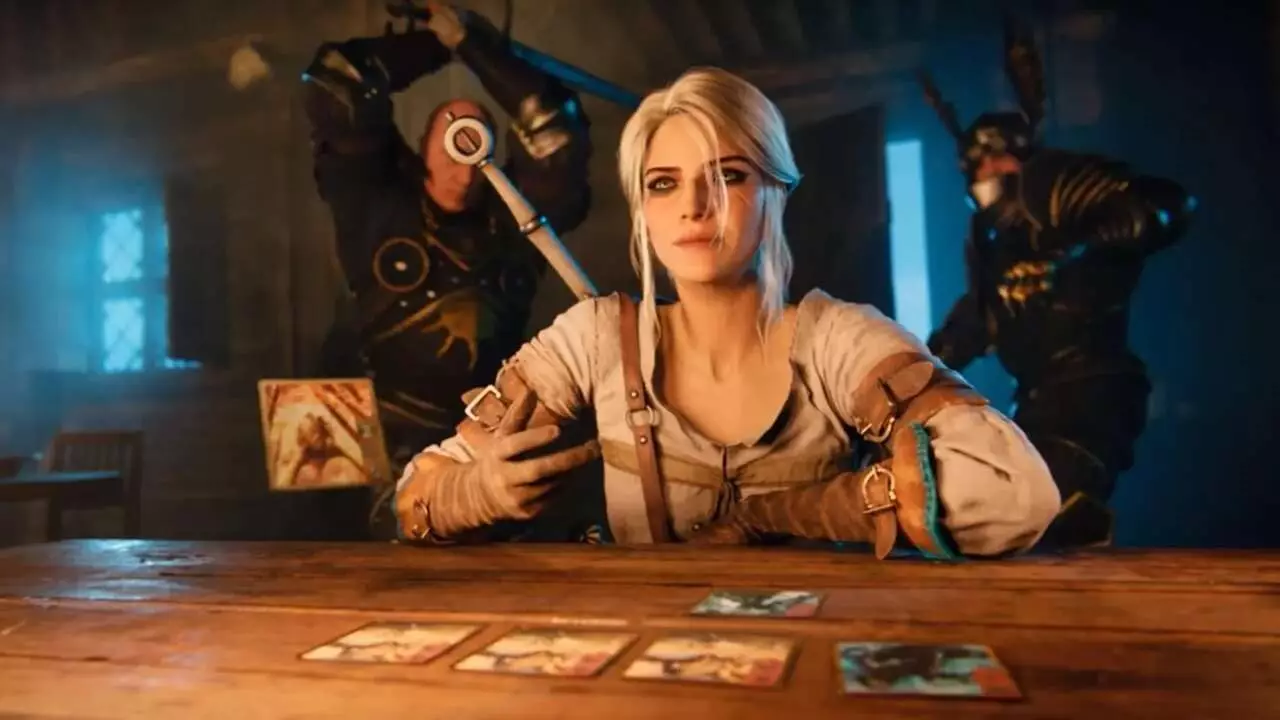The realm of The Witcher, noted for its diverse array of fearsome monsters and captivating characters, now introduces an exciting twist with the anticipation of a tabletop adaptation of Gwent, a popular card game featured in the series. While Geralt of Rivia often encounters perilous situations, his downtime indulging in Gwent reflects a more strategic encounter that contrasts with the usual combat. The forthcoming board game, a collaborative effort between Hachette Boardgames UK and the new entity No Loading Games, aims to capture the essence of this beloved card game, moving it from screens into the tangible gaming world.
This physical version of Gwent boasts a staggering collection of over 400 cards, complemented by a dedicated playmat designed to immerse players in the Witcher universe. The production is noteworthy for its effort to offer a variety of gameplay styles, from casual gameplay to competitive tournament formats. Rob Trounce, Hachette’s marketing manager, emphasizes the impact of Gwent as an influential “game within a game,” drawing attention to its iconic status in gaming culture. With a planned release date set for late 2025, the anticipation surrounding this launch hints at a resurgence of interest in both the game itself and the entire Witcher franchise.
At its core, Gwent’s mechanisms are both straightforward and rich in strategy. Players engage in matches structured into a best-of-three rounds format, where tactical deck building is crucial. Participants can select between four primary factions, each representing unique strengths: the cunning Nilfgaardian Empire, the valorous Northern Realms, the mystical Scoia’tael, and the monstrous forces of the Monsters deck. The inclusion of the Skellige deck from The Witcher 3’s Blood and Wine expansion provides a nuanced layer of strategy to the game. Additionally, the presence of neutral cards allows for greater customization, enabling players to enhance their decks and increase their chances of victory.
The competitive nature of Gwent lies in its blend of tactical card play and the psychological warfare often found in card games. Mastery of the game requires not only knowledge of the various decks but also the ability to anticipate an opponent’s moves and adjust tactics accordingly. A point system influenced by red gems adds another layer of depth; players must manage their resources wisely, as losing rounds translates into lost opportunities. Of particular note is the Nilfgaardian Empire’s ability to turn draws into victories, which adds a unique strategic twist.
Priced around $40, Gwent’s transition to tabletop format represents an exciting development for enthusiasts, promising to strengthen fan engagement with The Witcher series. However, while fans eagerly await this card game, they might find themselves still yearning for more conventional gaming experiences as they await The Witcher 4. Although the fourth installment is confirmed to be in production, a release is projected for two years from now, leaving fans in a suspenseful limbo.
In a time where digital games dominate, Gwent’s return to the tabletop signifies a potential revitalization of social gaming experiences, inviting players to gather and immerse themselves in the enchanting world of The Witcher while engaging in strategic card play. The question remains—will Gwent’s promise translate into a thrilling gaming experience, and will it live up to the legacy of its digital counterpart? Only time will tell.

